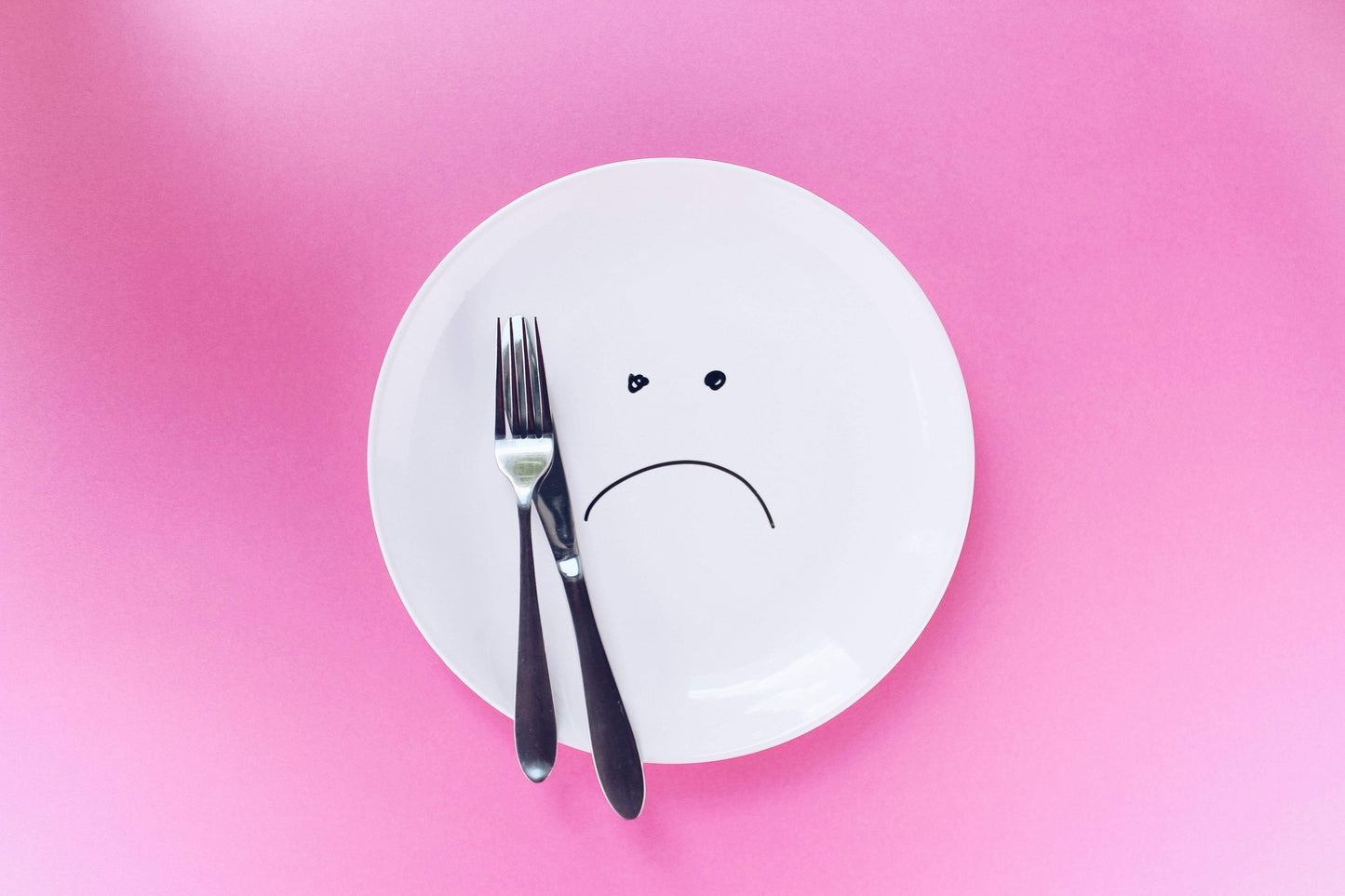
Trying to lose weight and hit a plateau? Read our health blog and discover 5 effective ways to reach your weight loss goals and push past the frustration!
Hitting a plateau is something many people face after a period of successful weight loss. It can be very frustrating after beginning to feel the benefits of following a healthy diet combined with exercise. If the scales won't budge, you may need to switch your strategy.
It can be helpful to understand why you hit a weight loss plateau if you want to get past it. When you first begin to reduce your calorie intake or burn more through exercise, the body releases its stores of glycogen. When glycogen is burnt for energy in the body it releases water, and this results in initial rapid weight loss. Gradually you begin to lose fat and muscle tissue, and the latter means that your metabolism slows down making it harder to lose weight.
The following are proven ways to reduce weight further after hitting a plateau.
1) Review what you've achieved.
Consider what worked well for you in the first stage of progressing to your target weight. Was it through diet or exercise, or a combination of the two? Keeping records of what you're eating and any exercise you take part makes this process easier. A fitness tracker or app on your smartphone is a great tool for this. You may find that you've loosened the rules and aren't as disciplined as you were when you started.
2) Reduce your calorie intake further.
So long as you don't take it to dangerous levels and starve your body of nutrients, further calorie reductions in your diet may be the way to break through a plateau. Hunger can become a problem if you decide to follow this strategy, but eating the right kind of foods within your calorie limit can help. Increasing the amount of fibre in your diet means you'll feel satisfied and full for longer after eating. Fibre slows the movement of food through the digestive system and helps to reduce the number of calories the body absorbs.
3) Review your exercise program.
If your weight loss is the result of reducing your calorie intake, it's time to consider some regular exercise. If you're already exercising, you may need to either increase the frequency or intensity. Setting clear, achievable goals can increase your chances of sticking to a fitness program. For example, a goal to run twenty miles a month could be the motivation you need to burn a few thousand more calories. Don't ignore resistance training as it has proven benefits for weight loss. Increasing your lean muscle mass means you'll naturally burn more calories.
4) Try intermittent fasting.
Fasting has become very popular in recent years, and a number of celebrities have admitted it's the secret behind their beach bodies. It's not something to consider if you have any medical conditions, and you may need to take advice before undertaking such an extreme form of dieting. Intermittent fasting diets typically involve periods of between sixteen and twenty four hours without food. A less radical approach is to reduce your intake to around a thousand calories one or two days a week and eat sensibly for the rest of the week.
5) Check your sleep and stress levels.
Managing healthy body weight is about more than diet and exercise. Poor sleep has been linked to a higher body mass index (BMI) in a number of studies. Research also indicates that a lack of quality sleep can lead to an increase in appetite and food cravings. It's believed this is linked to the hormones leptin and ghrelin. Increased levels of cortisol in the body, produced when stress is experienced, can also increase appetite and generate cravings for sugary, fatty foods. Analyzing your sleep and stress levels could be the way to get past a weight loss plateau.
Losing weight becomes harder over time for a number of reasons, but the several techniques mentioned above will hopefully mean you can push towards your final goal.







